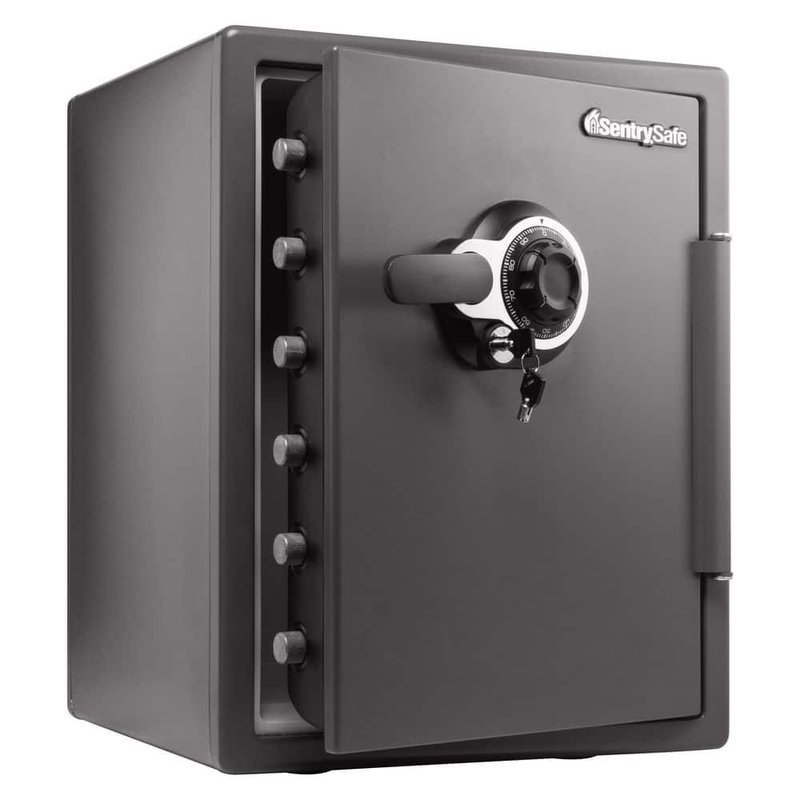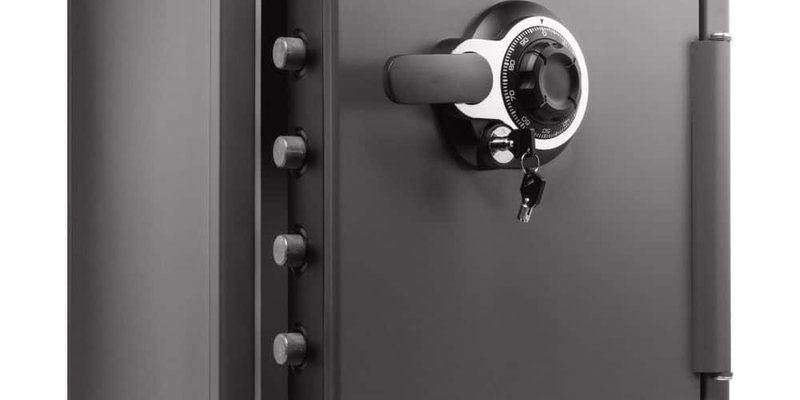
It’s a fair question. Remotes feel invincible because, well, they’re just little plastic gadgets with buttons. But they’ve got a bit more going on under the hood—circuit boards, batteries, a tiny brain (called a microcontroller), and some programming that tells your AC what to do. So, can you hit that reset without worrying? Or could you accidentally cause more headaches down the line? Let’s untangle it all, one honest, real-life detail at a time.
How a Honeywell AC Remote Actually Works
Okay, let’s take a quick peek inside your Honeywell AC remote—not literally, no screwdrivers necessary. When you press a button, you’re sending a signal (usually infrared) that carries a “code.” This code is like a secret handshake your AC unit understands. The remote and your air conditioner get “paired” at the factory, or sometimes you need to sync them yourself if things get glitchy.
Most Honeywell remotes use a combo of basic electronics and a small bit of programming. Think of it like a tiny, specialized computer. It manages the buttons, reads the display, checks the battery, and decides what code to send when you command cooler air. If something trips it up—static discharge, battery swap, or just life’s little gremlins—the remote might freeze or forget its pairing.
This is where the reset comes in. Imagine your remote as a dazed marathon runner who needs a sip of water and a pep talk. Resetting is basically telling it to take a breather, shake off the confusion, and start fresh. But… should you keep doing it every time there’s a hiccup?
What Happens When You Reset Your Remote?
Here’s the thing—resetting your Honeywell AC remote usually means one of two things. You’re either hitting the “reset” pinhole with a paperclip (the hardware reset), or you’re popping out the batteries for a minute (the soft reset). Both ways, you’re interrupting power and making the internal components reboot.
When you reset, the remote’s memory gets cleared out. It forgets any weird glitches, config errors, or invisible static buildups. For most brand-specific remotes from Honeywell, this doesn’t erase any super-important data; you’ll just need to re-sync or re-pair with your AC if needed, but all the basic “factory code” stays safe.
But here’s a little secret: Resets aren’t a magical cure-all. If your remote’s problem is a dying battery, a broken button, or a damaged circuit, resetting is like putting a Band-Aid on a leaky pipe. It’ll work… until it doesn’t.
Is It Safe To Reset Often? (Pros & Cons)
Honestly, resetting a Honeywell AC remote once in a while is safe—maybe even helpful. It’s not like you’re overloading a fragile system. In fact, a fresh reboot can fix minor bugs and syncing issues, just like restarting your phone. Plus, there’s no physical wear on the remote from the reset itself (unless you’re using a jackhammer instead of a paperclip).
But let me be real. If you’re reaching for the reset a few times a day, something’s off. Either your remote is aging out, the batteries are weak, or the remote and AC aren’t getting along. Constant resetting might temporarily mask a deeper problem, but it won’t fix it.
There could be a teensy risk if you’re yanking out batteries all the time. The battery compartment can get loose, or contacts might get bent, especially if you’re not gentle. Overdoing it could lead to a loose battery fit, which can cause even more “random” issues that no reset will fix.
Common Reasons Honeywell AC Remotes Need Resetting
Let me explain a little scenario I’ve seen time and time again: You hit the power button, and… nothing. Or maybe the AC beeps, but doesn’t do what you asked. Most Honeywell AC remote resets are triggered by a handful of common culprits:
- Battery swap: Low or dead batteries are the number one cause. Swapping them sometimes causes the remote to lose sync with the unit, needing a reset or re-pair.
- Accidental un-sync: Sometimes the AC and remote lose each other—maybe after a power outage or a static shock. Resetting, then re-pairing, usually solves this.
- Code glitch: Dust, static, or a minor internal error can send the software for a loop. Resetting clears the error, like refreshing a frozen browser tab.
- Physical drop or bump: If the remote takes a tumble, it can get a little “confused.” A reset helps it find its way again… unless the damage is physical.
If you’re dealing with constant resets after any of these, chances are there’s an underlying issue—not just “bad luck.” It might be worth checking if the battery contacts are bent, if the remote’s firmware needs a code update (rarely possible for remotes, but sometimes you can re-pair), or if it’s time to retire the trusty old clicker.
Reset Vs. Replace: When To Stop Resetting
Sometimes, we get attached to gadgets—especially when they’re old and familiar. But when is a reset just not enough? If your Honeywell AC remote:
- Needs a reset every week (or worse, every day)
- Keeps losing sync or refusing to pair, even after resets
- Drains batteries way too fast (a sign of a bad internal circuit)
- Shows faded display or buttons that barely work
…it’s probably time to think about a replacement. There’s no shame! Even the best remotes wear out after years of daily use. You can grab a Honeywell replacement, or even try a universal remote—though pairing and special AC functions might take a little extra work.
Honestly, if resetting your AC remote feels like part of your daily routine, consider it your sign to treat yourself to a new one. Life is too short for stubborn remotes.
How To Reset Safely (If You Need To)
If you do need to reset, there’s a right way to go about it. It’s so easy you could do it half-asleep (but please, stay awake for safety’s sake):
- Locate the “reset” pinhole (usually inside the battery compartment or near the bottom).
- Gently press it with a paperclip or toothpick—no force needed, just a quick poke.
- If you’re using the battery method, pop both out, wait about 30 seconds, and pop them back in. Fresh batteries work best.
- Re-sync or pair the remote with your AC unit if it doesn’t respond right away. Sometimes you need to point it straight at the sensor and hold “power” for a few seconds.
Avoid hammering the reset or yanking batteries out super-fast. Take your time—it’s not a race.
Alternatives When Resetting Doesn’t Work
If resets just aren’t cutting it, it’s probably time to dig a little deeper into troubleshooting. Here are a few tricks:
- Check the battery contacts for dust or corrosion. Clean gently with a cotton swap and a tiny dab of rubbing alcohol.
- Try a different set of fresh batteries. Sometimes new batteries are duds—yes, it happens more than you’d think.
- See if your AC unit itself is responding to a different remote (if you have a universal remote handy).
- Test the IR signal: Hold your phone’s camera to the remote’s IR window. Press a button—the IR LED should flash (invisible to your eyes, but visible on most phone cameras).
- Look for firmware update instructions in your Honeywell AC manual, though this is extremely rare for standalone remotes.
If none of these fix things, the issue might actually be the AC unit’s sensor or internal board. At that point, resetting the remote won’t help—and it’s probably worth a call to a pro.
Brand vs. Universal Remote: Does It Change The Story?
You might be wondering if it’s safer to reset a Honeywell-brand remote versus a universal one. Here’s the lowdown: Universal remotes can control lots of different devices, but they don’t always store your AC’s codes in the same way. If you reset a universal remote, you might have to reprogram or re-enter the codes—extra hassle, but not unsafe.
Brand remotes (like the original Honeywell) are usually “tuned” to your specific model and handle resets a bit more gracefully. They’ll hang onto all the right code info and sync up easier after a simple reset. So, there’s a bit less risk of losing your settings by accident, and they’re often more forgiving if you need to reset a few times.
Final Word: Should You Worry About Frequent Resets?
At the end of the day, resetting your Honeywell AC remote now and then is perfectly normal and generally safe. It clears up glitches and gives your remote a second wind—sort of like rebooting your Wi-Fi router after it’s been slow all week. But if you’re stuck in a reset loop, that’s your cue to look for a deeper fix: fresh batteries, a gentle cleaning, or (if worse comes to worst) a brand-new remote.
Remember, these gadgets are designed for a bit of basic troubleshooting. But just like you wouldn’t keep rebooting your phone if it crashed every hour, don’t settle for a remote that needs constant resets. You deserve cool air without the drama!
So, if you need to reset, go ahead—no need to stress. Just keep an eye out for signs that your Honeywell remote is ready for retirement, and treat it gently along the way. Cool comfort should be easy, not a daily tech challenge.
